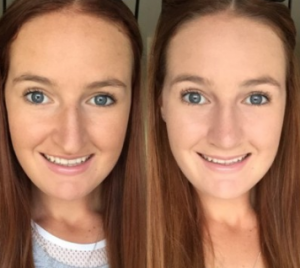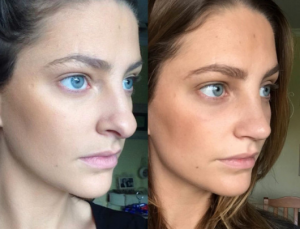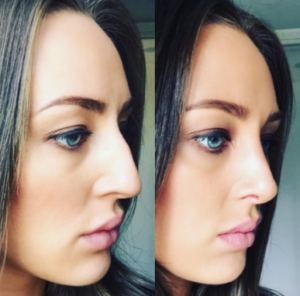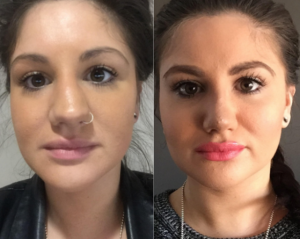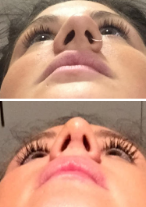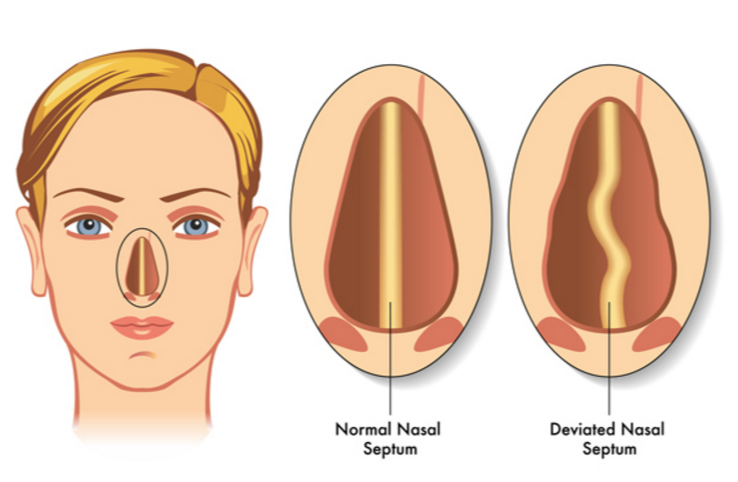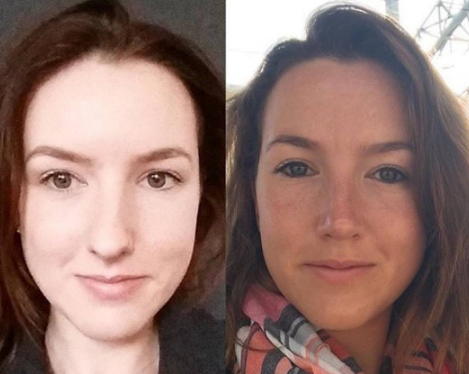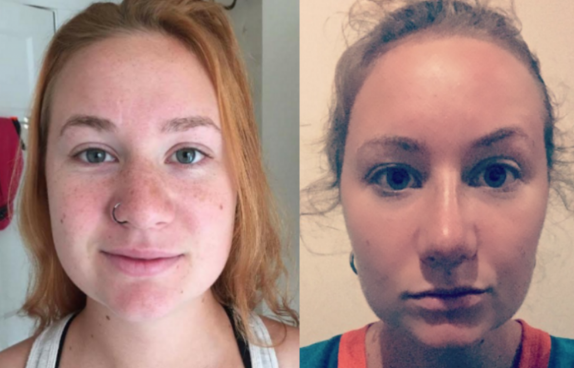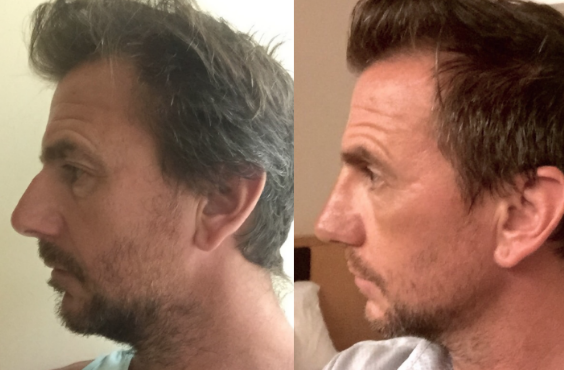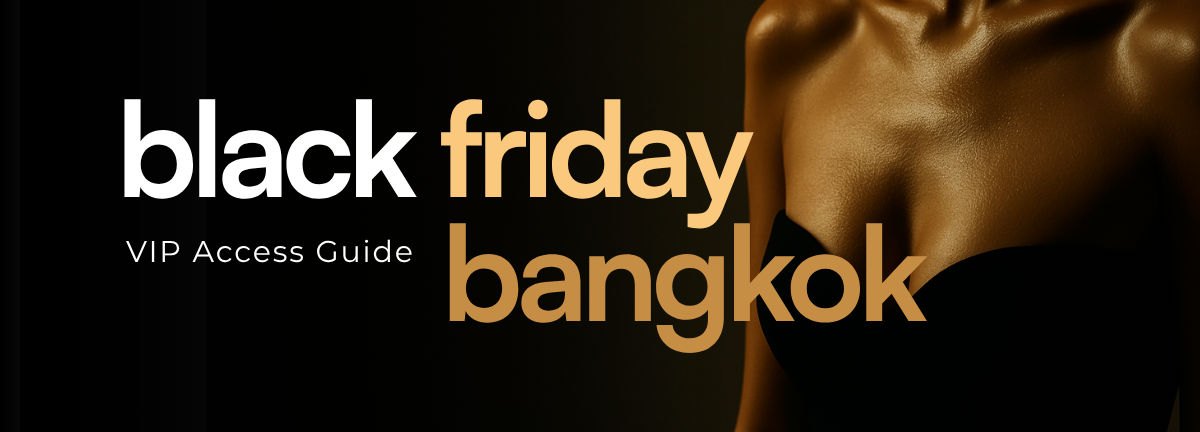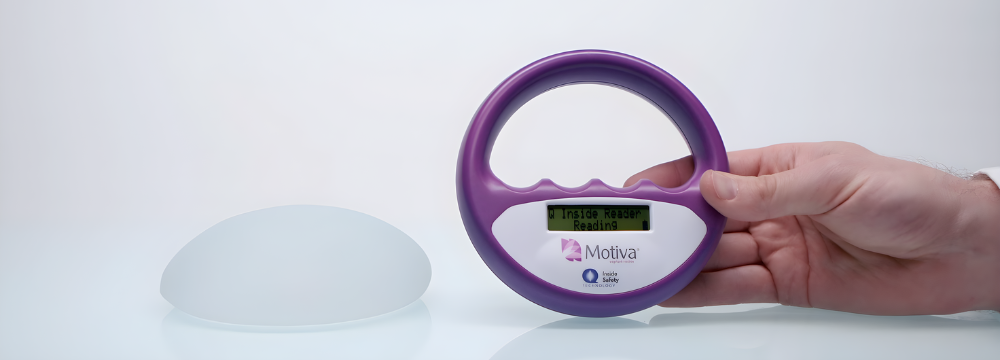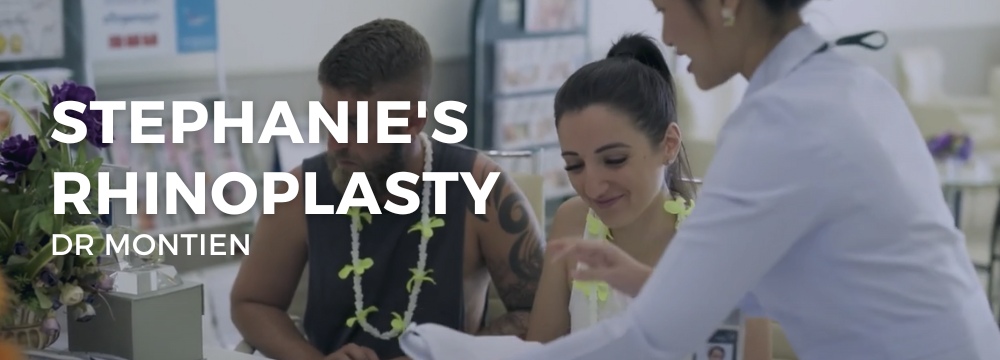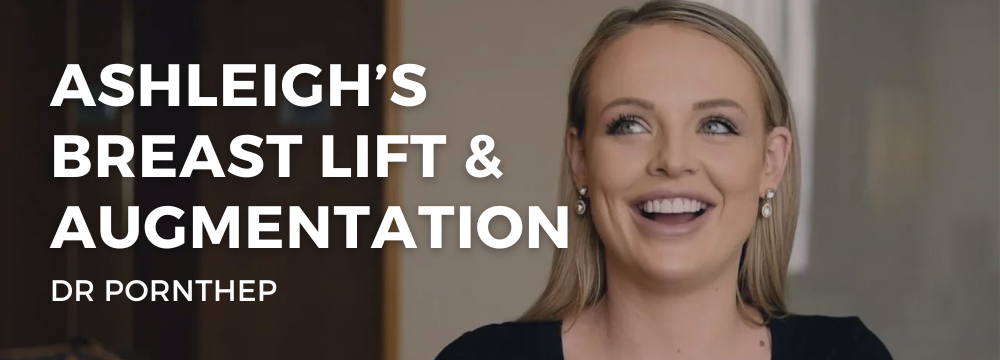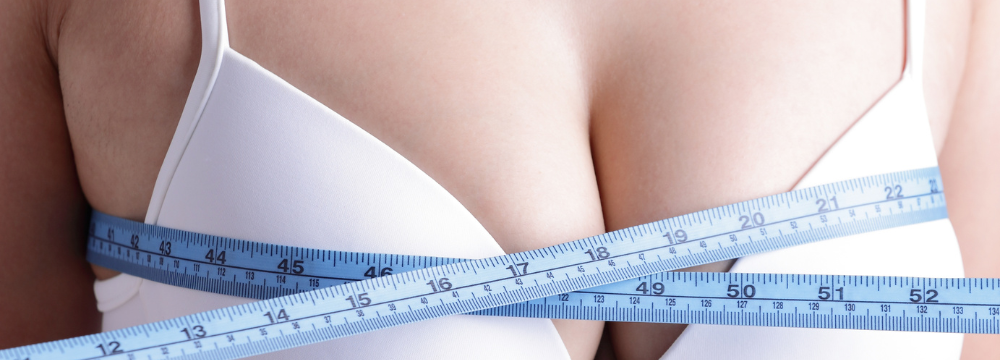Rhinoplasty is one of the most common cosmetic surgery procedures in the world! Many patients seek this procedure for various reasons, some cosmetic, some functional. Either way even a subtle alteration in a person’s nose can change the appearance of their entire face!
A ‘Nose Job’ as common as it is, should not to be taken lightly. It is one of the most complex cosmetic surgery procedures and should only be performed by a Plastic Surgeon who specialises in Rhinoplasty procedures and practices them regularly.
If you have been considering changing the appearance of your nose or improving the functionality due to breathing issues or a deviated septum, this could be the procedure for you!
Common Rhinoplasty Surgery requests include:
- Straighter nose
- Tip refinement
- Hump removal
- Septal deviation correction (septoplasty)
- Hanging columella correction
- Overall size/projection reduction
Depending on your individual case, your Plastic Surgeon will be able to identify the suitable surgery techniques required to create a more aesthetically pleasing nose. Generally, cases will include a combination of the requests listed above.
All images below are of actual CosMediTour Rhinoplasty clients!
1. Straighter nose
There are 2 common reasons why a person’s nose may not be completely straight. 1.They’re born with a slight (or not so slight) bend in the nose, or 2. Your nose may be crooked following an injury or trauma. The nose can also appear straighter once the hump is removed and other refinements have been made as with the above case.
2. Tip refinement
A refined nasal tip is a common request by many Rhinoplasty patients as this often complements a dramatic change to the entire nose shape and size. This particular feature can vary dramatically among patients. The most common nasal tip variations we see include:
- Large bulbous tip
- Flat tip
- Droopy tip
- Prominent Tip (sticks far from face)
- A combination of the above
Tip refinement may be completed with various rhinoplasty techniques, dependent on the patient’s desired outcome.
3. Hump removal
Another common request from Rhinoplasty surgery clients is the removal of the nasal hump, which is also described as a ‘hooked’ nose. In most cases, a hooked nose is predominantly noticeable when viewing a person’s profile. However, from the frontal view, your nose may appear to look relatively straight, only to have a small bump in the nasal bridge. Either way, removing a slight or severe nasal hump involves your surgeon shaving down the bone/cartilage to reduce the size and overall appearance.
4. Septal deviation correction
A deviated septum is when the cartilage inside the nose is misaligned and can often cause difficulty to breathe. It is possible to be born with a deviated septum. If you experience difficulties breathing through your nose it can impact on your respiratory and circulatory system. It is vital to have the condition corrected to avoid further damage.
Septoplasty in conjunction with your Rhinoplasty surgery is recommended to correct breathing difficulties which will involve the septum being reset (see image below) in order to clear the airway and make breathing through your nose more efficient. Please note a perfectly straight nose cannot be guaranteed but you can generally see significant improvement depending on the degree of the deviation.
5. Hanging columella correction
Often in conjunction with an over projected tip, there can be a noticeable addition to the tip of your nose in the form of a “hanging” or “drooping” columella as per above example on a previous patient. During surgery, this was shortened and along with tip reduction resulting in a much more petite and aesthetically pleasing tip area.
4. Overall size/projection reduction
Sometimes, not only do you have a hump, bulbous tip or other features, but your nose from the side profile can also project too far off your face, leaving it looking out of proportion and not in line with the rest of your facial features. This can be reduced, also called “reducing the bony base” as a part of your Rhinoplasty and in conjunction with other refinements, will assist in achieving a desirable result.
In some cases, if you have a larger nose, this can be due to your noses skin thickness. It is very important to know and understand the features of your natural nose when the skin is thick (a most common cause of a larger nose), how much it will shrink back following surgery is out of the surgeon’s control. The refinements will be made internally then once the skin is draped over these new refinements, how well it will shrink and form is on an individual case by case basis. Cases with thick skin also have prolonged healing time, in some cases up to 24 months – Your CosMediTour client manager will be able to discuss the specifics with regards to your individual case further.
See details about our No.1 Bangkok Rhinoplasty Package
Further Reading:
- 6 Things You Need to Know Before Considering a Nose Job Overseas
- Is Thailand Safe for Cosmetic Surgery?
- Why Supplements and Surgery Don’t Mix!
- The Impact that Smoking has on Surgery
- Myths about Plastic Surgery in Thailand
Disclaimer: Please note any information provided should be used only as an information guide and not CosMediTour giving advice. Please ensure you do your own valid surgery research and seek advice from a general practitioner to enable you to be fully informed about surgery.

